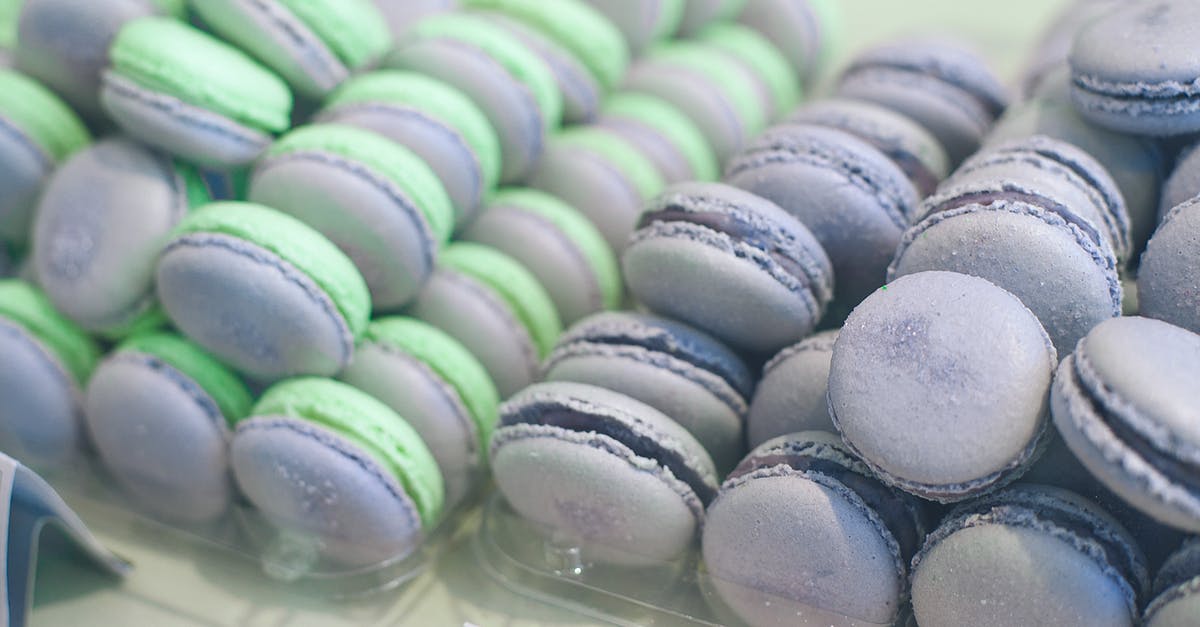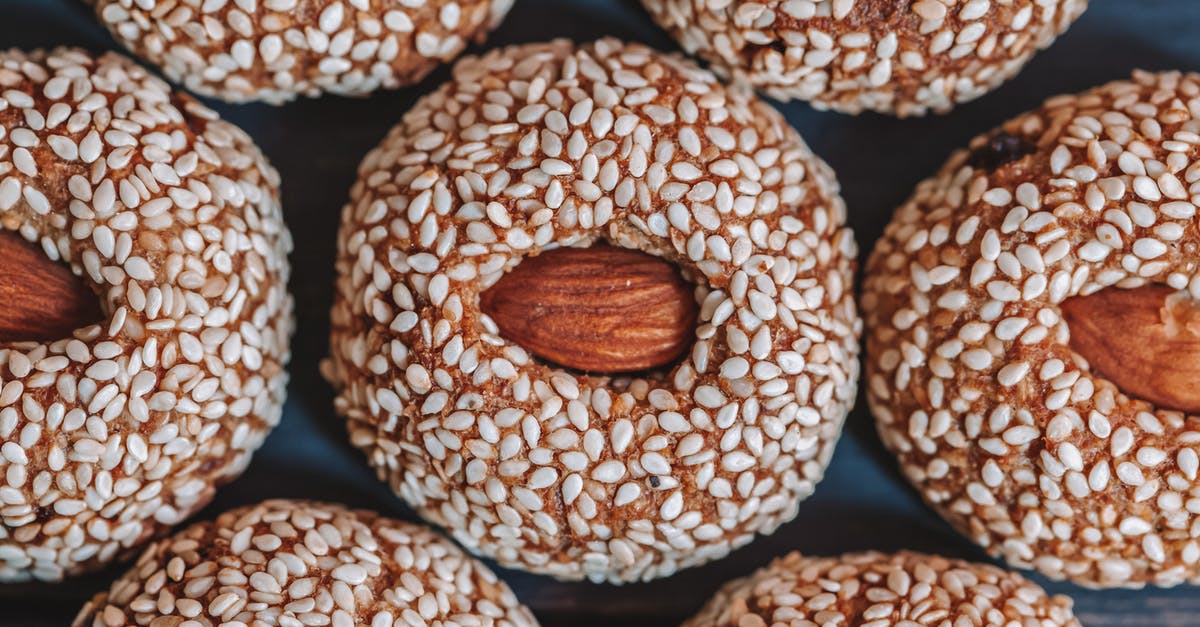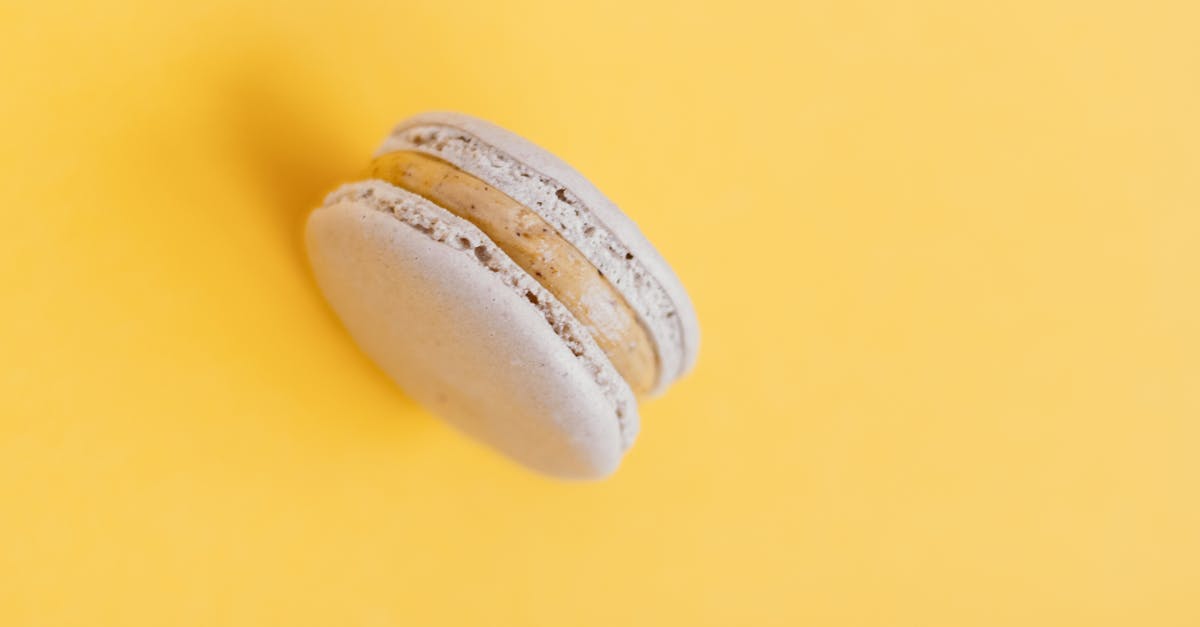In what proportion should the given ingredients be combined to form a cookie?

These ingredients were listed on a cookie pack available in the market.
I would like to know what combinations of the following ingredients can be used to produce around 200gms cookies?
Wheat flour
Sugar
Vanaspati
Edible Oil
Atta
Ajwain
Glucose
Salt
Custard
Milk powder
Synthetic colour
Leaving Agents
Permitted flavor and Emulsifier Agents
Wheat flour should be read as all purpose flour.
Questions:
- What sugar should be used? White or Brown?
- Can vanaspati be replaced with anything (clarified butter)?
- Custard refers to custard powder or the custard which is ready to eat?
- Why is glucose needed when the sugar is already there?
- What should be added as Emulsifier Agents?
- Water isn't mentioned here but should I assume that it is needed?
Besides for preparing 200gms "crispy" cookies roughly what quantity of each of the ingredient should be added?
Best Answer
It is nearly impossible to reverse engineer an industrial cookie recipe from its ingredient list directly--especially without the final product to compare to.
Some of the ingredients may be unique to the industrial process (such as "glucose" or "emulsifiers"), hard to obtain, or proprietary. Some of the steps may require special processing or equipment.
Furthermore, your local labeling laws may be different than other places, so we would not know how to interpret this list of ingredients. For example, in the US, the ingredients would have to be listed in order, by weight.
Instead, you should search for recipes that produce the kind of cookies you want that are designed for the home kitchen.
I cannot speak to local products in India, but here in the US there are many web sites or blogs where authors try to recreate recipes of popular commercial food products. These recipes are designed for the home kitchen, and may not have the exact same ingredients or techniques as the commercial product on which they are modeled, but are instead designed to have similar outcomes. I don't know if such sites exist in India, but I would suggest searching to see what you can find; failing that, I would search based on the name of the cookie for recipes for this type of cookie.
In terms of some of the specific questions:
- What sugar should be used? White or Brown? If this was the US, it would always be white unless otherwise specified, but your local labeling laws may differ.
- Can vanaspati be replaced with anything (clarified butter)? Probably, but that will affect the taste and texture of the cookie. Many industrial recipes use ingredients which are less expensive than the ideal ingredient, to keep costs down.
- Custard refers to custard powder or the custard which is ready to eat? That would depend on your local labeling laws; here in the US custard would never be listed as a single ingredient without parenthetically describing each of it's ingredients as well. I would guess powder if I had to guess... but listing it like this may be part of how they keep their actual recipe secret while complying with local labeling requirements.
- Why is glucose needed when the sugar is already there? It is almost certainly present to alter the texture of the cookie in some way, either interfering with crystal development of the other sugars at some part of the process, or for its hydroscopic properties to help retain moisture. This is the kind of ingredient that is often used in industrial recipes, but far less commonly used in home recipes.
- What should be added as Emulsifier Agents? Again, it depends on what your local labeling laws permit, and these may be ingredients that are rarely used in home cooking. The most common emulsifier in home baking is egg yolks, which contain significant quantities of lecithin.
- Water isn't mentioned here but should I assume that it is needed? Maybe, but there was also that "custard" listed, and we don't know what it means or contains.
Pictures about "In what proportion should the given ingredients be combined to form a cookie?"



What are the proportions for cookies?
The cookie ratio is a 3:2:1 ratio of flour to fat to sugar.What is a 1 to 1 ratio in baking?
A ratio is a fraction, so ratios would have come up in math class: a 1-to-1 ratio can be written as 1:1 and we know that works out to equal parts. Another way to express a one-to-one ratio is 50/50 or as 50 %. Why? Well, if you have two equal parts that are one-to-one, the whole is two parts.What is the ratio of ingredients in baking?
Baking Ratios ChartBaked GoodBaking RatioQuick Breads2 parts flour: 2 parts liquid: 1 part egg: 1 part fatBiscuits3 parts flour: 2 parts liquid: 1 part fatPound Cake1 part flour: 1 part butter: 1 part sugar: 1 part eggPancakes2 parts flour: 2 parts liquid: 1 part egg: \xbd part fat2 more rows•Mar 13, 2021What ingredients have to be in a cookie?
THE THREE MAIN INGREDIENTS present in nearly every type of cookie are wheat flour, sugar, and fat, but you'll see other ingredients such as leaveners, eggs, liquids, such as milk, perhaps some chocolate, coconut, spices or nuts.Ratios for recipes
More answers regarding in what proportion should the given ingredients be combined to form a cookie?
Answer 2
I assume you don't mean to literally make an industrially-produced cookie with synthetic colors, glucose, "permitted flavors", and emulsifier agents — but rather recreate a flavor you found pleasing in the product as a homemade equivalent.
You can invent (or reinvent) a cookie recipe by starting with a series of basic ratios that essentially "define" a cookie. Michael Ruhlman wrote an excellent book called Ratio: The Simple Codes Behind the Craft of Everyday Cooking that documents the basic ratios behind the recipes we follow every day.
Cookie Dough : 1 part sugar: 2 parts fat : 3 parts flour
(Can someone please verify these numbers? Thanks.)
These numbers are by weight. That's a cookie.
To reproduce a recipe from your ingredient list, start by dividing those ingredients up into the basic categories listed above: sugar(s), fat(s), flour(s). This may take a bit of research to find out in which category some of those belong. But in the most basic terms, dry ingredients go in the 'flour' category and wet ones 'fat'. Sometimes you have to read between the lines and understand the role of an ingredient like "custard" or "milk powder" plays. (Note: In most baking, sugar is categorized as a 'liquid', but luckily sugar is just 'sugar' in this case). If something looks to be more about the industrial process or preservation, it's probably safe to skip it in for the home version.
For 200 grams of cookies, you'll need a bit more than 33 grams sugar(s), 67 grams fat(s), and 99 grams flour(s). (There will be a bit of weight lost during backing, but let's ignore that. This is going to get inexact very quickly)
Once you have the basic ingredients divided into their categories. It's time to start making cookie dough. Getting the recipe "right" is figuring out how much of each ingredients you'll need for each category. Really, the only way to do that is through trial-and-error, taste testing, and (longer term) experience.
I would start by looking at a few similar cookies recipes to see how much of ingredients they have in common are needed (leavening, salt, etc). From there, you can start extrapolating and filling-in-the-blanks with the rest. Once you get started, it's easier to say "mmmm... good, but needs more synthetic color flour." You'll quickly start to learn (or you can research) what the effects of adding "more eggs" or "more fat" has on a cookie recipe. This will all start to come together much quicker with experience.
Sorry, I don't have the exact recipe for your "oven baked fresh cookies"; but honestly, once you start playing with the basic ingredients and ratios, you'll likely invent something better than the original. I use lists of "secret ingredient" all the time, and end up inventing my best recipes that way.
Good luck!
Sources: Stack Exchange - This article follows the attribution requirements of Stack Exchange and is licensed under CC BY-SA 3.0.
Images: Maria Orlova, Katerina Holmes, Julia Filirovska, Marta Dzedyshko
